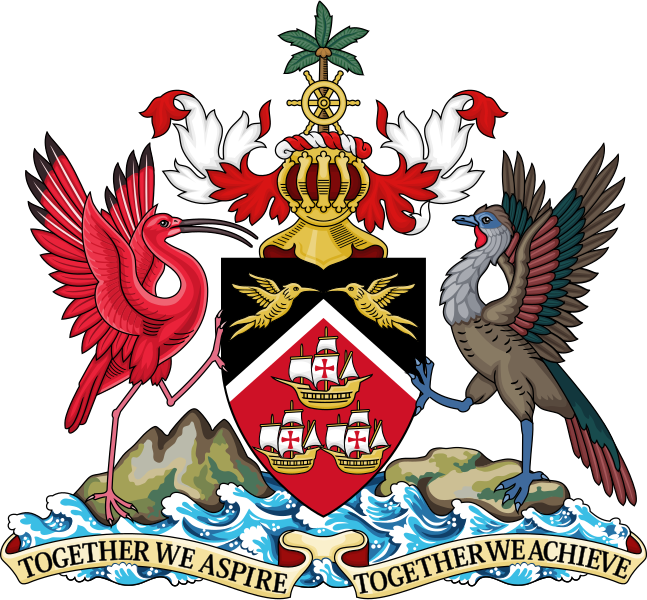By Keith Bernard
News Americas, NEW YORK, NY, Tuesday. August 20, 2024: The decision to remove depictions of Christopher Columbus’ ships from the Coat of Arms of Trinidad and Tobago after 62 years marks a critical moment in the nation’s journey towards decolonization and cultural self-definition. The announcement of the Prime Minister Dr. Keith Rowley reflects an acknowledgment of the complex and painful legacy of Columbus and the European colonization that followed. While the removal of these symbols is a step towards coming to terms with history, it also raises questions about what will take their place on the Coat of Arms – and whether any single symbol can truly capture the spirit of Trinidad and Tobago.

The arrival of Columbus in 1498, once celebrated as a moment of “discovery”, is now rightly understood as the beginning of centuries of exploitation, enslavement and cultural destruction. Nina, Pinta and Santa Maria, long heralded as icons of exploration, also represent the beginning of a dark chapter in Caribbean history. By removing these ships, Trinidad and Tobago is choosing to face the past and honor the resilience and survival of its people.
However, as the nation seeks to replace these symbols, it is essential to consider the depth and diversity of Trinidad and Tobago’s identity. The steel pan, for example, is often celebrated as the main symbol of Trinidadian culture. Born of ingenuity and resilience, it represents a unique fusion of African and Caribbean traditions and has gained global recognition. But while the steel pan is a powerful emblem, it alone cannot encapsulate the multifaceted identity of a nation that is home to people of African, Indian, indigenous and European descent.
The challenge now is to create a new symbol – or set of symbols – that better reflects the rich cultural tapestry of Trinidad and Tobago. The steel pan is undoubtedly a vital part of the nation’s heritage, but so are the religious holidays, culinary traditions, languages and other cultural practices that flourish across the islands. Any new coat of arms should strive to honor this diversity and the many contributions that have shaped the nation.
Prime Minister Rowley’s decision is a bold step towards a more inclusive and truthful representation of Trinidad and Tobago’s history. However, as the country moves forward, it must ensure that its new symbols capture not just one aspect of its culture, but the full range of experiences and aspirations of its people. This is an opportunity to create a national identity that is as diverse, dynamic and complex as the people of Trinidad and Tobago themselves.
EDITOR’S NOTE: Keith Bernard is a Guyanese-born, NYC-based analyst and frequent contributor to News Americas.
Save 50.0% on select Quamkar products with promo code 50KFEDHB, through 24/7 while supplies last.


